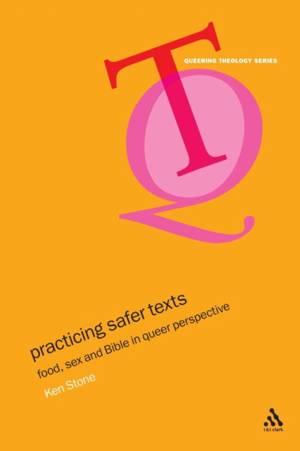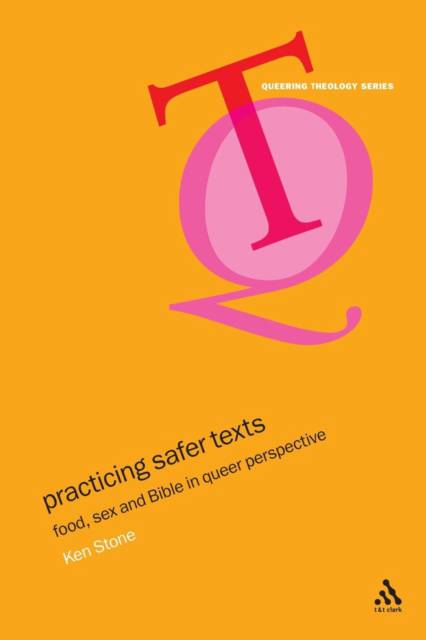
- Afhalen na 1 uur in een winkel met voorraad
- Gratis thuislevering in België vanaf € 30
- Ruim aanbod met 7 miljoen producten
- Afhalen na 1 uur in een winkel met voorraad
- Gratis thuislevering in België vanaf € 30
- Ruim aanbod met 7 miljoen producten
Zoeken
€ 203,95
+ 407 punten
Omschrijving
This book uses the ubiquitous comparison between food and sex as a framework for examining a number of texts from the Hebrew Bible, as well as later readings of those texts and interpretive issues raised by the texts. A range of biblical texts in which both food and sex appear are analyzed in an interdisciplinary fashion with the help of both traditional tools of biblical scholarship and less traditional tools such as Queer studies and cultural anthropology. By utilizing a reading lens that relates food and sex to one another intentionally, rather than treating them separately, the book will among other things question the tendency of readers of the Bible to overstress the gravity of sexual matters in relation to other matters of potential ethical, theological, exegetical and cultural concern, such as food.
At the same time, as the title Practising Safer Texts indicates, the book also proposes a pragmatic approach to biblical interpretation that uses strategies of "safer sex" as a sort of loose model. Such an approach assesses texts and readings of the Bible not in a universalizing fashion but rather in terms of their likely effects, for good or ill, on particular readers in particular contexts and situations (just as notions of "safer sex" ask us to assess sexual acts not in a moralizing fashion but, rather, in terms of their likely effects on particular persons.
At the same time, as the title Practising Safer Texts indicates, the book also proposes a pragmatic approach to biblical interpretation that uses strategies of "safer sex" as a sort of loose model. Such an approach assesses texts and readings of the Bible not in a universalizing fashion but rather in terms of their likely effects, for good or ill, on particular readers in particular contexts and situations (just as notions of "safer sex" ask us to assess sexual acts not in a moralizing fashion but, rather, in terms of their likely effects on particular persons.
Specificaties
Betrokkenen
- Auteur(s):
- Uitgeverij:
Inhoud
- Aantal bladzijden:
- 192
- Taal:
- Engels
- Reeks:
Eigenschappen
- Productcode (EAN):
- 9780567081728
- Verschijningsdatum:
- 30/05/2005
- Uitvoering:
- Paperback
- Formaat:
- Trade paperback (VS)
- Afmetingen:
- 160 mm x 235 mm
- Gewicht:
- 299 g

Alleen bij Standaard Boekhandel
+ 407 punten op je klantenkaart van Standaard Boekhandel
Beoordelingen
We publiceren alleen reviews die voldoen aan de voorwaarden voor reviews. Bekijk onze voorwaarden voor reviews.








